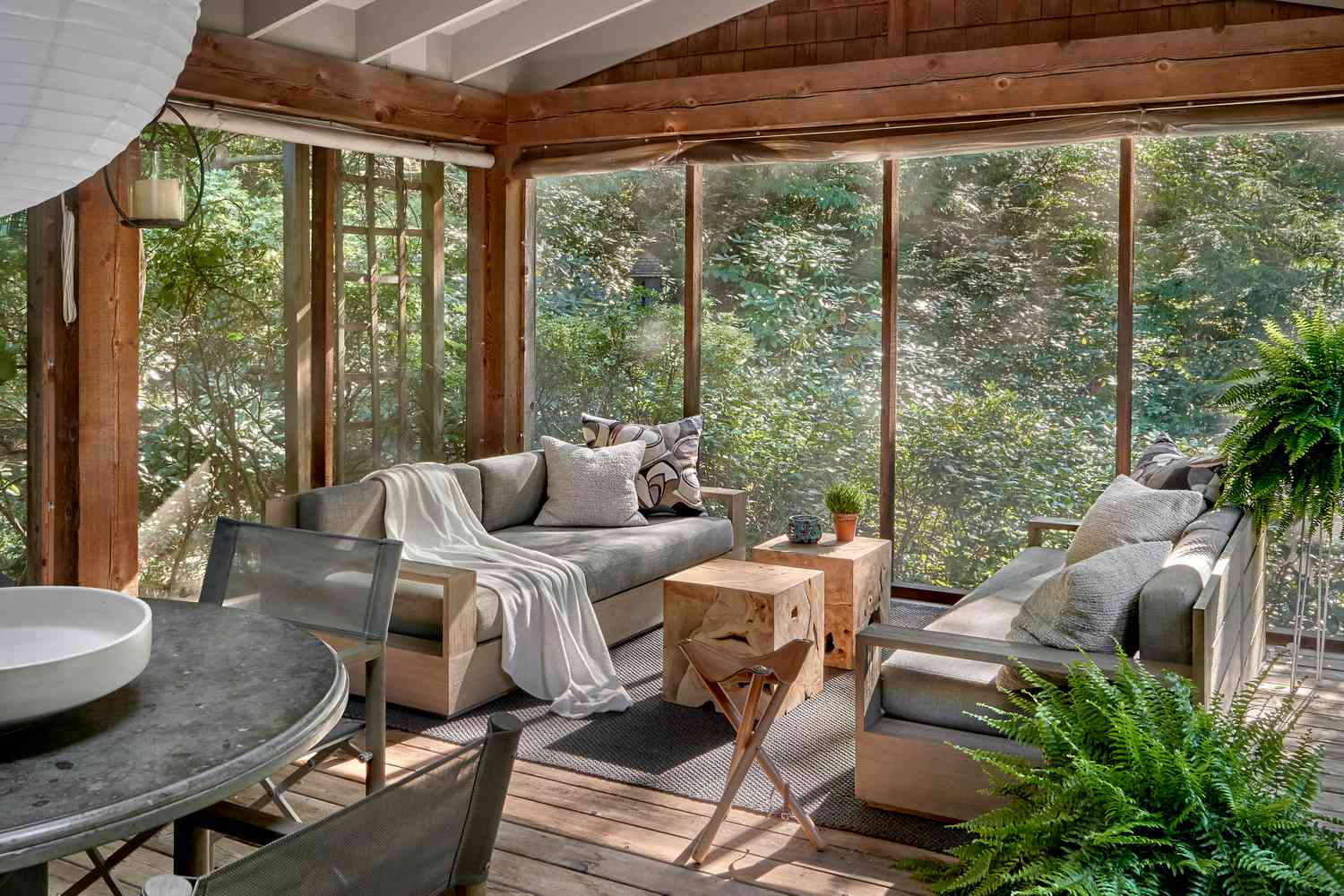

Articles
What Is An Enclosed Porch
Modified: January 20, 2024
Discover everything you need to know about enclosed porches in our informative articles. Whether you're looking for design ideas or installation tips, we've got you covered.
(Many of the links in this article redirect to a specific reviewed product. Your purchase of these products through affiliate links helps to generate commission for Storables.com, at no extra cost. Learn more)
Introduction
Welcome to the world of enclosed porches! If you’ve ever dreamed of having a versatile and inviting space that seamlessly connects your indoor and outdoor areas, then an enclosed porch might be the perfect addition to your home. Enclosed porches, also known as screened-in porches or sunrooms, are a popular feature that offers numerous benefits and can enhance the overall value and enjoyment of your property.
Imagine stepping into a cozy and comfortable space, with the natural beauty of the outdoors surrounding you, where you can relax, entertain, or simply enjoy a cup of coffee while being sheltered from the elements. An enclosed porch acts as a transitional area that bridges the gap between the interior of your home and the outside world, allowing you to enjoy the best of both worlds. It provides a protected space where you can experience the beauty of nature without dealing with pests, inclement weather, or extreme temperatures.
Whether you have a sprawling backyard or a cozy garden, an enclosed porch offers a unique opportunity to create a functional and aesthetic space that suits your lifestyle and preferences. It can serve as a versatile room that can be used year-round, regardless of the weather conditions. From a sunny morning breakfast nook to a peaceful reading retreat, or even a space for entertaining friends and family, the possibilities are endless.
Not only does an enclosed porch expand your living area, but it also adds value to your property. Potential buyers often view enclosed porches as desirable features that offer additional usable square footage and enhance the overall appeal of a home. Additionally, an enclosed porch can provide energy efficiency benefits by acting as a natural buffer zone, reducing heat loss during the colder months and minimizing the need for excessive air conditioning in the summer.
In the following sections, we will delve into the specifics of enclosed porches, exploring different types, common features, planning and permitting considerations, cost and return on investment, as well as maintenance and care. By the end of this article, you will have a comprehensive understanding of enclosed porches and be well-equipped to decide if it’s the right addition for your home.
Key Takeaways:
- Embrace the beauty of nature year-round with an enclosed porch, expanding living space, increasing property value, and providing energy efficiency benefits. It’s a versatile and valuable addition to any home.
- When planning an enclosed porch, consider the various types, design considerations, permitting process, cost, ROI, and maintenance. With proper care and attention, an enclosed porch can enhance your lifestyle and property value.
Read more: What Is An Enclosed Porch Called
Definition of an Enclosed Porch
An enclosed porch is a purpose-built structure that is attached to a house or building, providing a protected and sheltered space that blends the comforts of indoor living with the beauty and serenity of the outdoors. Also referred to as a screened-in porch or a sunroom, an enclosed porch is typically constructed with walls made of glass, screens, or a combination of both, allowing for unobstructed views and ample natural light.
The main distinguishing feature of an enclosed porch is its ability to create a seamless transition between the interior and exterior of a property. Unlike traditional open porches, enclosed porches are designed to shield occupants from insects, wind, rain, and other outdoor elements while still providing a connection to the surrounding landscape.
Enclosed porches are versatile spaces that can be utilized in various ways, depending on the needs and preferences of the homeowner. They can serve as cozy lounges, home offices, dining areas, or even playrooms for children. The possibilities are endless, as enclosed porches can be customized and furnished to suit a wide range of activities and personal styles.
It’s important to note that while the terms “enclosed porch,” “screened-in porch,” and “sunroom” are often used interchangeably, there are slight differences between them. Enclosed porches generally have solid walls made of glass or other materials, offering more insulation and protection from the elements. Screened-in porches, on the other hand, have walls made of screens, providing better airflow and a closer connection to the outdoors. Sunrooms typically have walls made entirely of glass, allowing for maximum sunlight exposure and panoramic views.
Overall, the defining characteristic of an enclosed porch is its ability to provide a sheltered and enjoyable space that allows homeowners to embrace the beauty of nature without sacrificing comfort or protection. Whether used for relaxation, entertainment, or simply to enjoy the outdoors, an enclosed porch can be a valuable addition to any home.
Purpose and Benefits of an Enclosed Porch
An enclosed porch offers a multitude of purposes and benefits, making it an attractive addition to any home. Here, we will explore some of the key reasons why homeowners choose to invest in an enclosed porch and the advantages that come with it.
1. Expanded Living Space: One of the primary purposes of an enclosed porch is to provide additional living space. Whether you need a room for relaxation, entertainment, or an extension of your existing living area, an enclosed porch offers a versatile and adaptable space that can be customized to suit your needs. It acts as a seamless extension of your home, allowing you to enjoy the beauty and serenity of the outdoors without being exposed to the elements or pests.
2. Connection with Nature: An enclosed porch allows you to experience the beauty of nature year-round. With walls made of glass or screens, you can enjoy unobstructed views of your surroundings, allowing natural light to flood the space and creating a sense of spaciousness. Whether it’s watching the birds, admiring your garden, or simply enjoying the changing seasons, an enclosed porch provides a front-row seat to nature’s wonders.
3. Versatility: Enclosed porches can serve a variety of purposes, making them incredibly versatile. They can be transformed into a cozy reading nook, a home office, an exercise area, a playroom for children, or even a dining space for entertaining guests. With the right furnishings and design elements, an enclosed porch can be adapted to suit your specific needs and preferences, allowing you to maximize its use throughout the year.
4. Increased Property Value: Adding an enclosed porch to your home can significantly increase its value. Potential buyers often view enclosed porches as desirable features that offer extra usable space and the opportunity to seamlessly blend indoor and outdoor living. It can enhance the overall curb appeal of your property and make it stand out in a competitive real estate market.
5. Energy Efficiency: Another notable benefit of an enclosed porch is its energy efficiency. The walls of an enclosed porch act as an additional layer of insulation, helping to reduce heat loss during colder months and minimizing the need for excessive air conditioning in the summer. This can lead to lower energy bills and contribute to a more sustainable and environmentally friendly home.
6. Protection and Privacy: With its solid walls or screens, an enclosed porch offers protection from insects, pests, and unfavorable weather conditions. It allows you to enjoy the outdoors without being bothered by biting mosquitoes or pesky flies. Additionally, an enclosed porch provides an added level of privacy, allowing you to relax and unwind in a secluded space.
7. Year-Round Use: Unlike traditional open porches, enclosed porches can be used year-round. With the right insulation, heating, and cooling systems, an enclosed porch can be enjoyed in all seasons, extending your living space and enhancing your comfort throughout the year.
An enclosed porch is a versatile and valuable addition to any home. Whether you’re looking to expand your living space, create a connection with nature, increase your property value, or enjoy the benefits of energy efficiency, an enclosed porch offers a multitude of purposes and benefits that make it a worthwhile investment.
Types of Enclosed Porches
When it comes to enclosed porches, there are several different types to choose from, each with its own unique features and advantages. Here, we will explore some of the most common types of enclosed porches that homeowners opt for:
1. Screened-in Porch: A screened-in porch, also known as a screened porch or a screened room, is a type of enclosed porch that features walls made entirely of screens. This allows for maximum airflow and a closer connection to the outdoors. Screened-in porches are a popular choice for those who want to enjoy the benefits of an outdoor environment without being bothered by insects or pests. They provide a breezy and open space that is perfect for relaxation or entertaining.
2. Three-Season Room: A three-season room, as the name suggests, is designed to be used for three seasons of the year, typically spring, summer, and fall. These enclosed porches are typically equipped with insulated walls and windows, allowing for better temperature control compared to screened-in porches. However, they may not be fully insulated or have heating and cooling systems, making them less suitable for extreme winter conditions.
3. Four-Season Room: For those who want to enjoy their enclosed porch all year round, a four-season room is the ideal choice. These types of enclosed porches are fully insulated and equipped with heating and cooling systems, enabling homeowners to use them comfortably in any season, including winter. Four-season rooms often have energy-efficient windows and doors to maintain a consistent indoor temperature and reduce energy costs.
4. Solarium: A solarium is a type of enclosed porch that features walls made entirely of glass, allowing for maximum sunlight exposure and panoramic views. These light-filled spaces create a bright and airy ambiance, making them perfect for those who want to bring the outdoors inside. Solariums are typically built with energy-efficient glass to regulate temperature and maximize energy savings.
5. Conservatory: A conservatory is a luxurious and elegant enclosed porch that is primarily used for growing plants and enjoying the beauty of nature. These types of enclosed porches often have a glass roof, allowing ample sunlight to reach the plants. Conservatories are designed to provide a controlled environment with optimal conditions for plant growth.
These are just a few examples of the types of enclosed porches available. Each type offers its own set of advantages and considerations, so it’s important to assess your needs, preferences, and budget when deciding which type of enclosed porch is right for you.
Common Features and Design Considerations
When designing an enclosed porch, there are certain features and design considerations to keep in mind to ensure functionality, comfort, and aesthetic appeal. Here are some common features and design considerations to consider when creating your enclosed porch:
1. Flooring: The choice of flooring for your enclosed porch should be durable, weather-resistant, and easy to maintain. Popular options include hardwood, tile, laminate, or outdoor decking materials. Consider your budget, style preferences, and the level of maintenance required for each type of flooring.
2. Windows and Doors: The selection of windows and doors is crucial for the comfort and functionality of your enclosed porch. Opt for energy-efficient windows that provide insulation and reduce heat transfer. Consider the placement and size of windows to capture natural light and maximize views. Choose doors that are weather-sealed to prevent drafts and ensure security.
3. Lighting: Proper lighting is essential for creating a welcoming and comfortable atmosphere in your enclosed porch. Incorporate a combination of natural light through windows and artificial lighting with options such as overhead fixtures, sconces, or floor lamps. Add dimmers to control the lighting levels for different moods and occasions.
4. Ventilation: Good ventilation is crucial to maintaining a comfortable temperature and airflow in your enclosed porch. Consider incorporating ceiling fans, vents, or screened windows that can be opened to allow fresh air to circulate. This is particularly important in areas with hot climates or during the summer months.
5. Furniture and Decor: Choose furniture and decor that aligns with your desired use and style for the enclosed porch. Consider the size of the space and select furniture that fits well without overcrowding. Opt for weather-resistant materials that can withstand exposure to sunlight and changes in temperature. Consider adding cushions, rugs, plants, and artwork to create a cozy and inviting ambiance.
6. Privacy and Shade: Depending on your location and preferences, you may want to consider privacy and shade options for your enclosed porch. This can include installing blinds, curtains, or shades that can be drawn to block direct sunlight or ensure privacy from neighbors or passersby.
7. Electrical Outlets and Wiring: If you plan to use electronic devices or appliances in your enclosed porch, ensure that there are sufficient electrical outlets conveniently placed throughout the space. Consider the need for additional wiring if you plan to have ceiling fans, wall-mounted TVs, or any other electrical fixtures.
8. Accessibility: If you anticipate using your enclosed porch for individuals with mobility limitations, consider incorporating accessibility features such as ramps, wider doorways, and level flooring to ensure ease of access for all users.
These are just a few common features and design considerations to think about when planning your enclosed porch. Remember to consider your personal preferences, budget, and local building codes and regulations to create a beautiful and functional space that suits your needs and enhances your lifestyle.
An enclosed porch is a covered outdoor space that has been enclosed with walls and windows, providing protection from the elements. It can be used as a mudroom, sunroom, or additional living space. Consider adding insulation and heating for year-round use.
Read more: How Much Is It To Enclose A Porch
Planning and Permitting for an Enclosed Porch
Before embarking on the construction of an enclosed porch, it’s important to understand the planning and permitting process to ensure compliance with local building codes and regulations. Here are some key steps to consider when planning for and obtaining the necessary permits for your enclosed porch project:
1. Research Local Building Codes: Start by researching the building codes and regulations specific to your location. Contact your local building department or consult the official website to obtain information on required setbacks, maximum square footage, height restrictions, and any other specific guidelines that apply to enclosed porches in your area.
2. Hire a Licensed Contractor: Engage the services of a licensed and experienced contractor who specializes in enclosed porch construction. They will ensure that your project meets all relevant building codes, structural requirements, and local regulations. A contractor will help you with the design, provide accurate cost estimates, and guide you through the permitting process.
3. Create Detailed Plans: Work with your contractor to develop detailed plans for your enclosed porch. This includes accurate measurements, a layout of the space, wall construction details, window and door specifications, electrical and lighting plans, and any other necessary information required for the project. Precise plans help to streamline the permitting process and ensure that your project complies with the local building codes.
4. Obtain Necessary Permits: Visit your local building department to apply for the appropriate permits for your enclosed porch. The required permits may include building permits, zoning permits, electrical permits, and plumbing permits, depending on the scope of your project. Provide the necessary documentation, including your detailed plans, contractor information, and any additional requirements as mandated by the building department.
5. Schedule Inspections: Once the permits are approved and issued, you will need to schedule inspections during various stages of the construction process. Inspections typically occur after the foundation is laid, framing is complete, electrical and plumbing work is done, and before the final occupancy of the enclosed porch. These inspections ensure that your project adheres to building codes and safety standards.
6. Consider HOA Guidelines: If you reside in a neighborhood or community governed by a homeowners association (HOA), be sure to review their guidelines and obtain any necessary approvals or permissions from the HOA before proceeding with your enclosed porch construction. HOA guidelines may have additional restrictions or design requirements that need to be followed.
7. Insurance Coverage: Inform your homeowner’s insurance provider about the construction of the enclosed porch to ensure that you have adequate coverage during and after the construction process. They can guide you on any necessary adjustments or additions to your policy to protect your investment.
It is crucial to remember that the planning and permitting process may vary depending on the location. Always consult with local authorities and experts to ensure a smooth and compliant construction process for your enclosed porch project. By following the proper procedures and obtaining the necessary permits, you can enjoy your new enclosed porch with peace of mind.
Cost and Return on Investment
When considering an enclosed porch, it’s important to evaluate the cost involved and the potential return on investment (ROI) that it can provide. The cost of an enclosed porch can vary depending on factors such as size, materials used, location, and any additional features or customization. Here are some key factors to consider when assessing the cost and ROI of an enclosed porch:
1. Construction Costs: The cost of constructing an enclosed porch typically includes materials, labor, permits, and any additional features such as electrical wiring, lighting, and HVAC systems. The average cost can range from several thousand dollars to tens of thousands of dollars, depending on the size and complexity of the project.
2. Materials and Features: The choice of materials and features for your enclosed porch will impact the overall cost. High-quality materials such as glass windows, energy-efficient insulation, hardwood flooring, and custom-built fixtures will generally increase the cost. Consider your budget, desired aesthetics, and long-term maintenance when selecting materials and features.
3. Return on Investment (ROI): An enclosed porch is considered a home improvement project that can yield a good return on investment. While the exact ROI can vary based on various factors such as location and market conditions, an enclosed porch can add value to your property by expanding the usable living space and enhancing the overall appeal of your home. On average, it is estimated that an enclosed porch can provide an ROI of around 50-75% of the initial cost.
4. Market Value: An enclosed porch can increase the market value of your property, making it more attractive to potential buyers. Buyers often view an enclosed porch as a desirable feature that offers additional living space, versatility, and a seamless connection with the outdoors. This added appeal can potentially help your property stand out in a competitive real estate market and attract higher offers or quicker sales.
5. Enjoyment and Lifestyle: While the financial return on investment is important, it’s also essential to consider the intangible benefits of an enclosed porch. The enjoyment, comfort, and improved quality of life that a well-designed and functional enclosed porch provides are invaluable. It becomes a space where you can relax, entertain, and connect with nature, enhancing your overall lifestyle and well-being.
6. Maintenance and Operational Costs: Besides the upfront construction costs, it’s important to consider the ongoing maintenance and operational costs of an enclosed porch. Regular cleaning, repairs, and maintenance of the structure, as well as any electrical or HVAC systems, will incur some additional expenses over time. However, proper maintenance can help prolong the lifespan and maximize the functionality of your enclosed porch.
When assessing the cost and ROI of an enclosed porch, it’s essential to consider both the monetary and lifestyle benefits. While it may require an upfront investment, the added value, increased market appeal, and improved quality of life make it a worthwhile endeavor for many homeowners. Consult with professionals, compare quotes from contractors, and carefully evaluate your budget and long-term goals to make an informed decision regarding your enclosed porch project.
Maintenance and Care for an Enclosed Porch
Regular maintenance and care are essential to ensure that your enclosed porch remains in optimal condition and continues to provide enjoyment for years to come. Here are some key maintenance tasks and care considerations to keep in mind:
1. Cleaning: Regular cleaning is crucial to keep your enclosed porch looking its best. Sweep or vacuum the floor to remove dirt and debris. Wipe down windows and screens to remove dust and grime. Use appropriate cleaners for the type of flooring and surfaces in your porch. Additionally, clean any furniture, cushions, or rugs to maintain their appearance and prevent dust buildup.
2. Inspect and Repair: Regularly inspect your enclosed porch for any signs of damage, wear, or deterioration. Check for cracks or damage to the walls, windows, and doors. Look for any signs of leaks or water damage. Inspect the flooring for any loose or damaged boards or tiles. Promptly address any repairs or maintenance issues to prevent further damage and ensure the structural integrity of your enclosed porch.
3. Seasonal Maintenance: Consider seasonal maintenance tasks to keep your enclosed porch in top shape. In the spring, clean the porch thoroughly to remove any winter buildup. Check for any damage or wear from the harsh winter weather. In the fall, clear away leaves and debris to prevent clogging of gutters or drains. Conduct a general inspection and touch-up any areas that require attention before the colder months.
4. Protect from Harsh Weather: Depending on your location, extreme weather conditions can pose a challenge to your enclosed porch. During severe storms or hurricanes, secure any loose items or furniture that could be affected by strong winds. If your porch has glass windows, consider adding protective shutters or storm-proof glazing to safeguard against flying debris. Regularly check for any leaks or water ingress during heavy rain or snow, and address them promptly to prevent damage to the interior and structure of your porch.
5. Manage Moisture and Humidity: Enclosed porches can be susceptible to moisture and humidity, especially in areas with high humidity or if the porch is not properly ventilated. Use dehumidifiers or air conditioners to regulate moisture levels. Ensure proper ventilation by opening windows or using ceiling fans to reduce condensation. Periodically check for any signs of mold or mildew, and take necessary measures to address and prevent their growth.
6. Pest Control: Prevent pests from infiltrating your enclosed porch by sealing any gaps or cracks that could serve as entry points. Regularly inspect the perimeter and screens for signs of pests or unwanted visitors. Keep the area clean and free of food debris or standing water, which can attract insects or rodents. Consider using pest control measures such as screens, traps, or natural repellents to deter pests and keep your enclosed porch pest-free.
7. Furniture and Upholstery Care: If you have furniture or upholstery in your enclosed porch, it’s important to care for them properly. Protect furniture from direct sunlight and moisture by using protective covers or moving them indoors during inclement weather. Clean and maintain upholstery according to the manufacturer’s instructions to preserve their appearance and prolong their lifespan.
Regular maintenance and care will not only preserve the appearance and functionality of your enclosed porch but also enhance your overall enjoyment of the space. By incorporating these tasks into your routine, you can ensure that your enclosed porch remains a beautiful and inviting extension of your home for years to come.
Conclusion
An enclosed porch offers a multitude of benefits, serving as a versatile and inviting space that seamlessly connects your indoor and outdoor areas. Whether it’s a screened-in porch, a sunroom, or a four-season room, an enclosed porch provides a sheltered and comfortable retreat where you can enjoy the beauty of nature in any season.
By expanding your living space and creating a seamless transition between your home and the outdoors, an enclosed porch becomes a valuable addition to your property. It offers a variety of uses, from relaxation and entertainment to a home office or playroom. The versatility of an enclosed porch allows you to customize the space to suit your lifestyle and preferences.
Not only does an enclosed porch provide an opportunity to connect with nature, but it also adds value to your property. It can increase market appeal, attract potential buyers, and enhance the overall curb appeal of your home. Additionally, an enclosed porch can contribute to energy efficiency, providing insulation, and reducing heating and cooling costs.
However, it’s important to consider factors such as construction costs, maintenance, and permitting requirements when planning for an enclosed porch. By researching local building codes, working with licensed contractors, and obtaining the necessary permits, you can ensure a smooth and compliant construction process.
Maintaining and caring for your enclosed porch is also crucial to preserve its beauty and functionality. Regular cleaning, inspections, and repairs help to prevent damage and ensure a long lifespan for your enclosed porch. By following proper maintenance practices, you can continue to enjoy the benefits of your enclosed porch for many years to come.
In conclusion, an enclosed porch is a worthwhile investment that provides both practical and aesthetic benefits to homeowners. It expands living space, connects you with nature, increases property value, and improves energy efficiency. By assessing your needs, considering design options, and taking the necessary steps for construction and maintenance, you can create a beautiful and functional enclosed porch that enhances your lifestyle and brings you closer to the outdoors.
Frequently Asked Questions about What Is An Enclosed Porch
Was this page helpful?
At Storables.com, we guarantee accurate and reliable information. Our content, validated by Expert Board Contributors, is crafted following stringent Editorial Policies. We're committed to providing you with well-researched, expert-backed insights for all your informational needs.
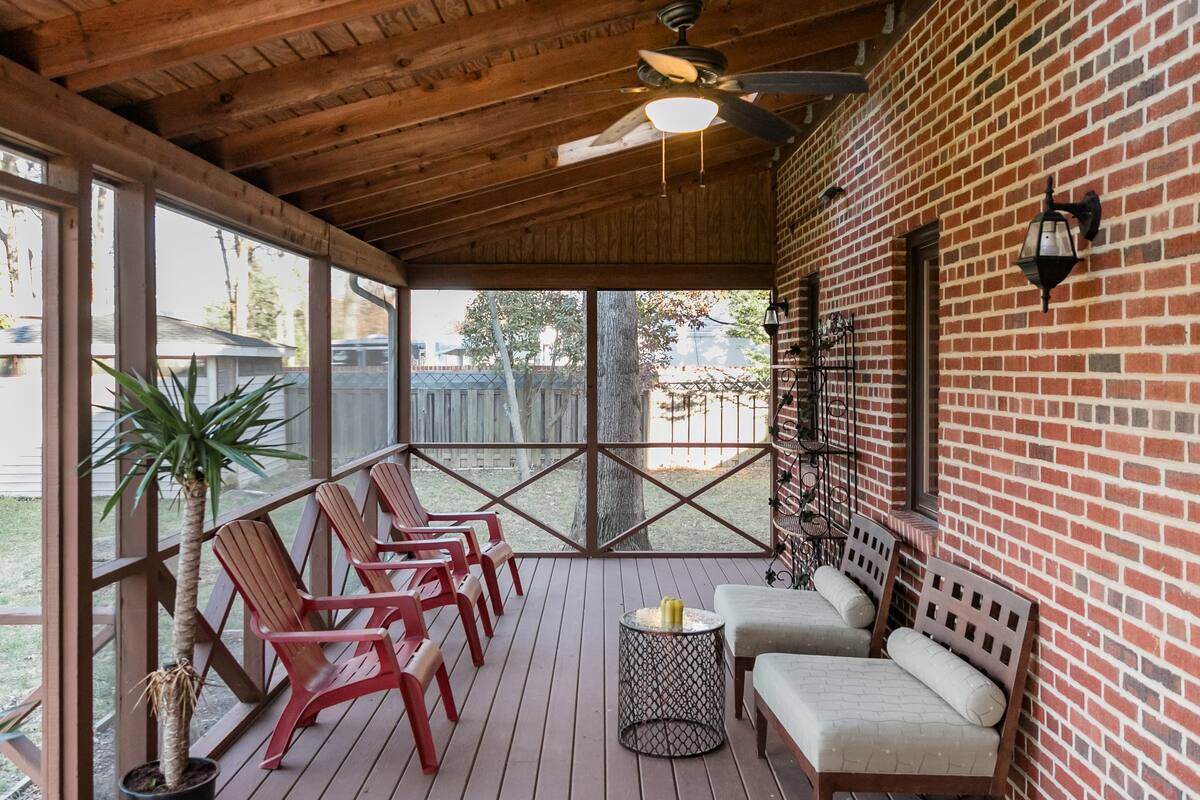
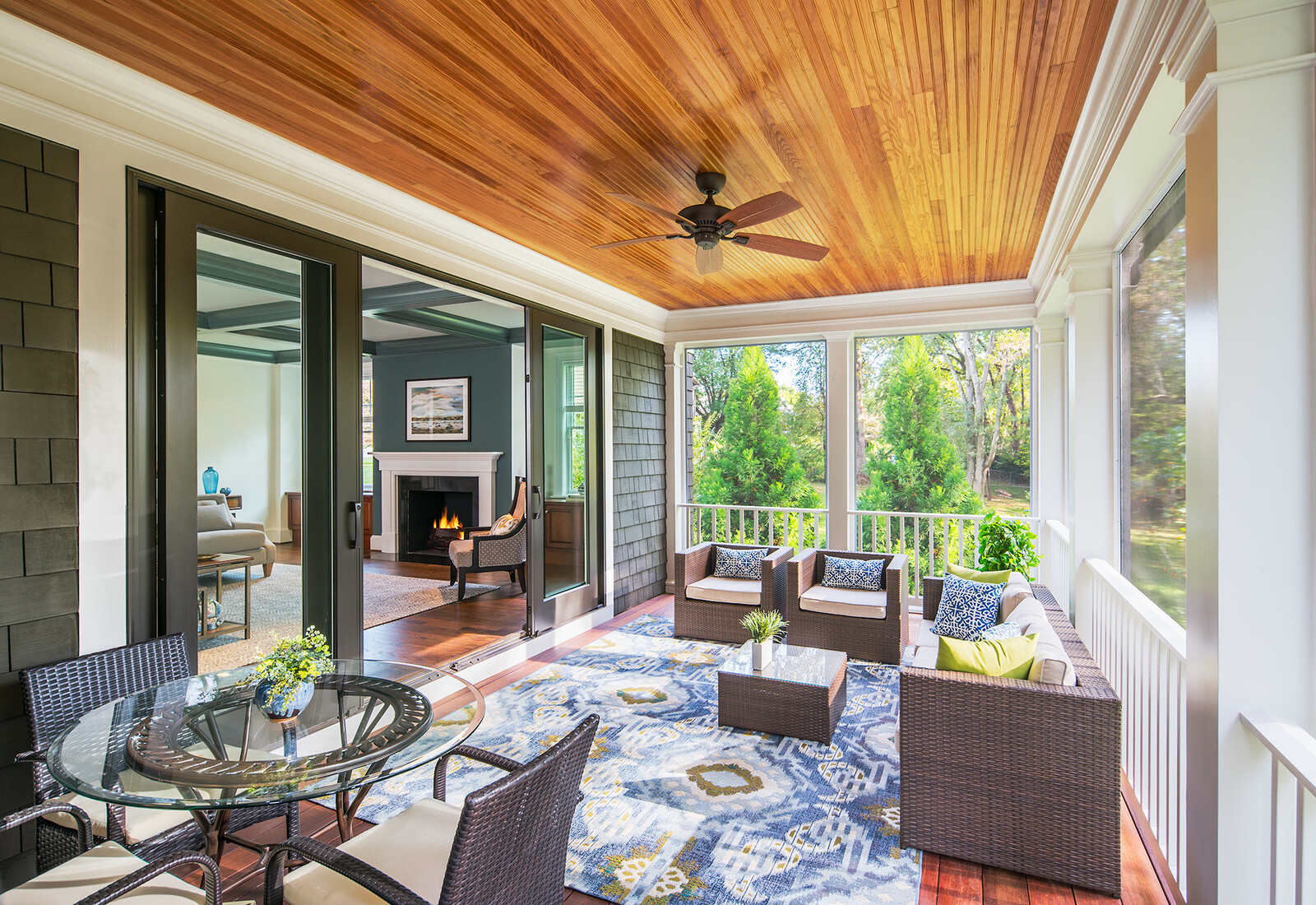
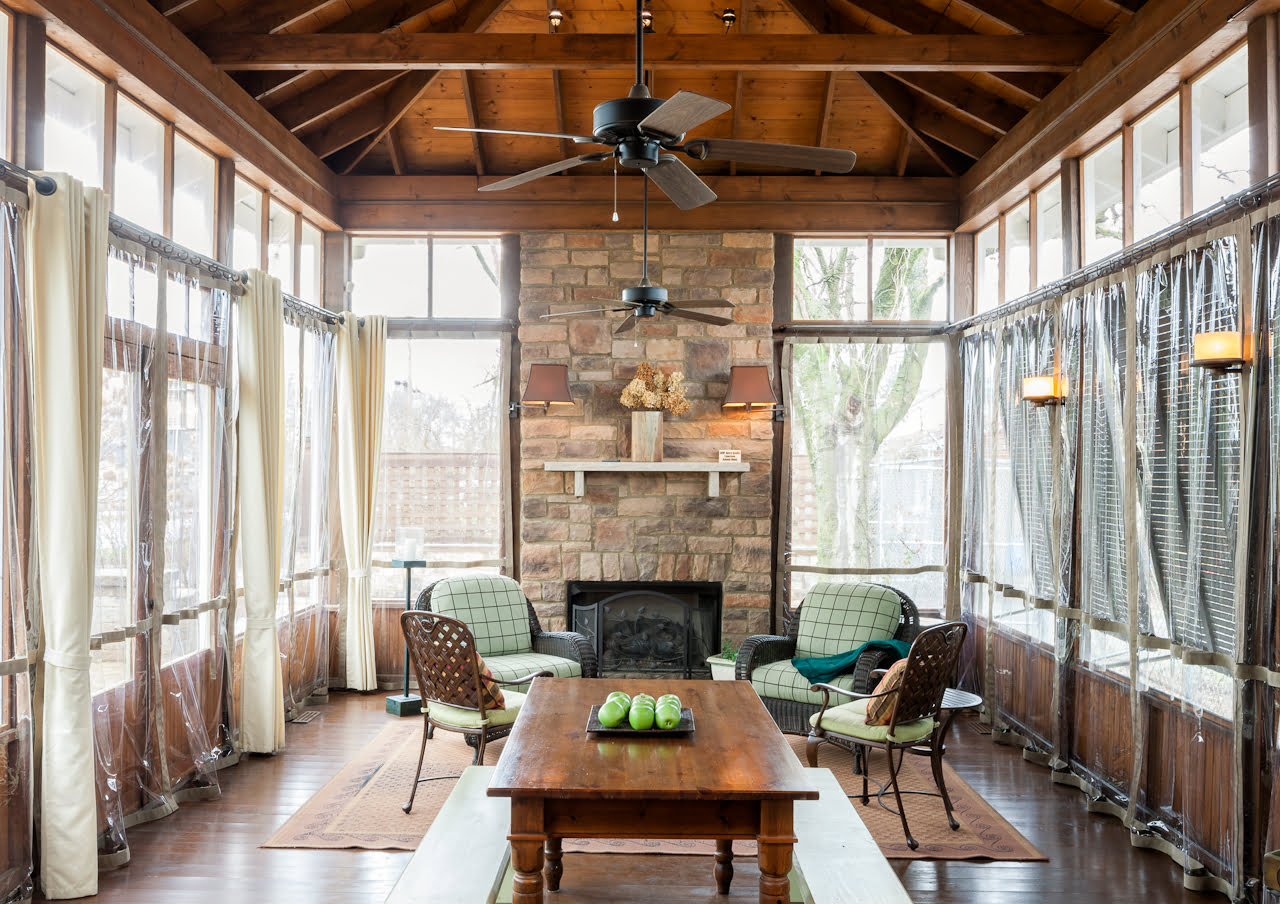
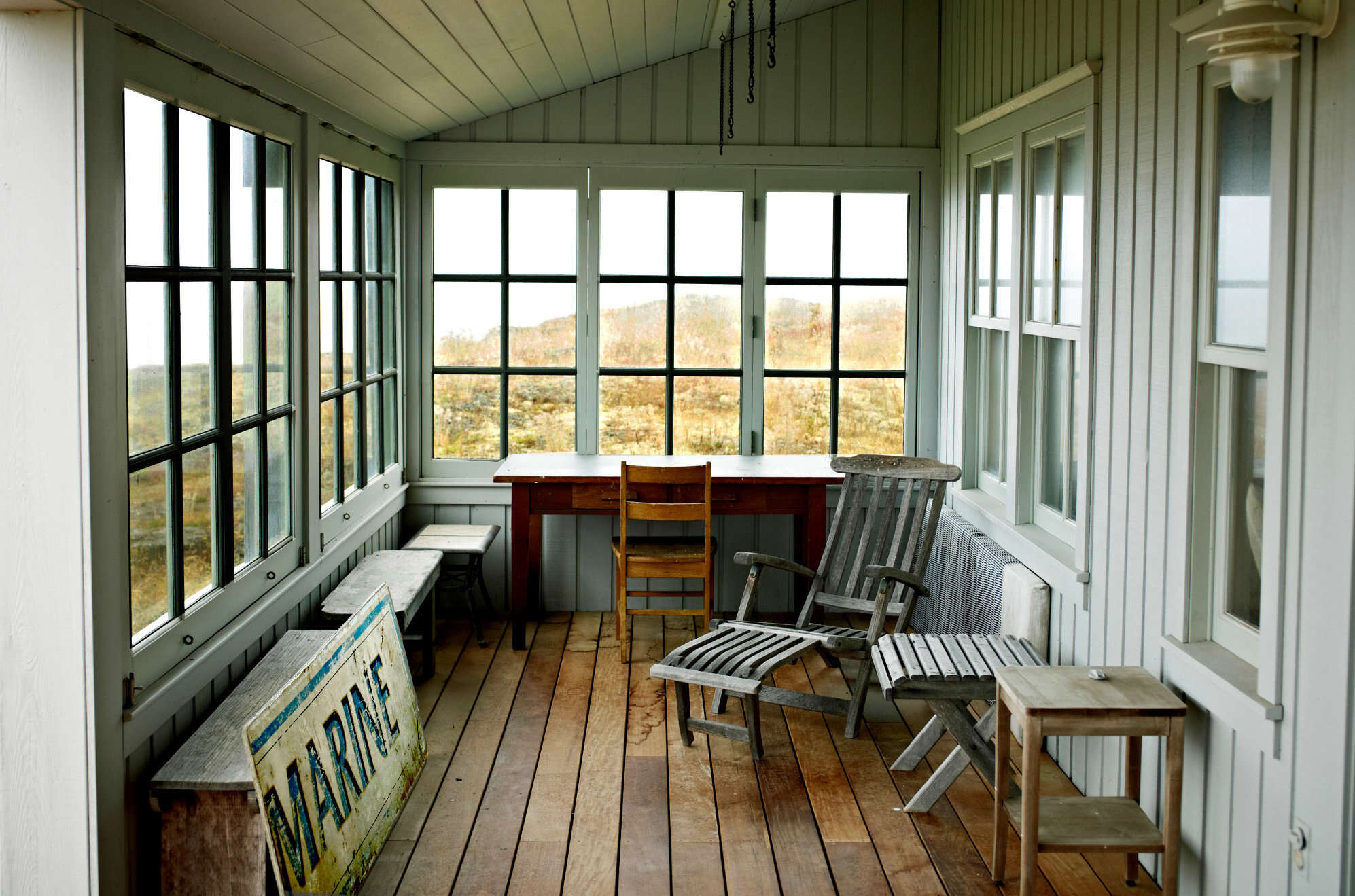
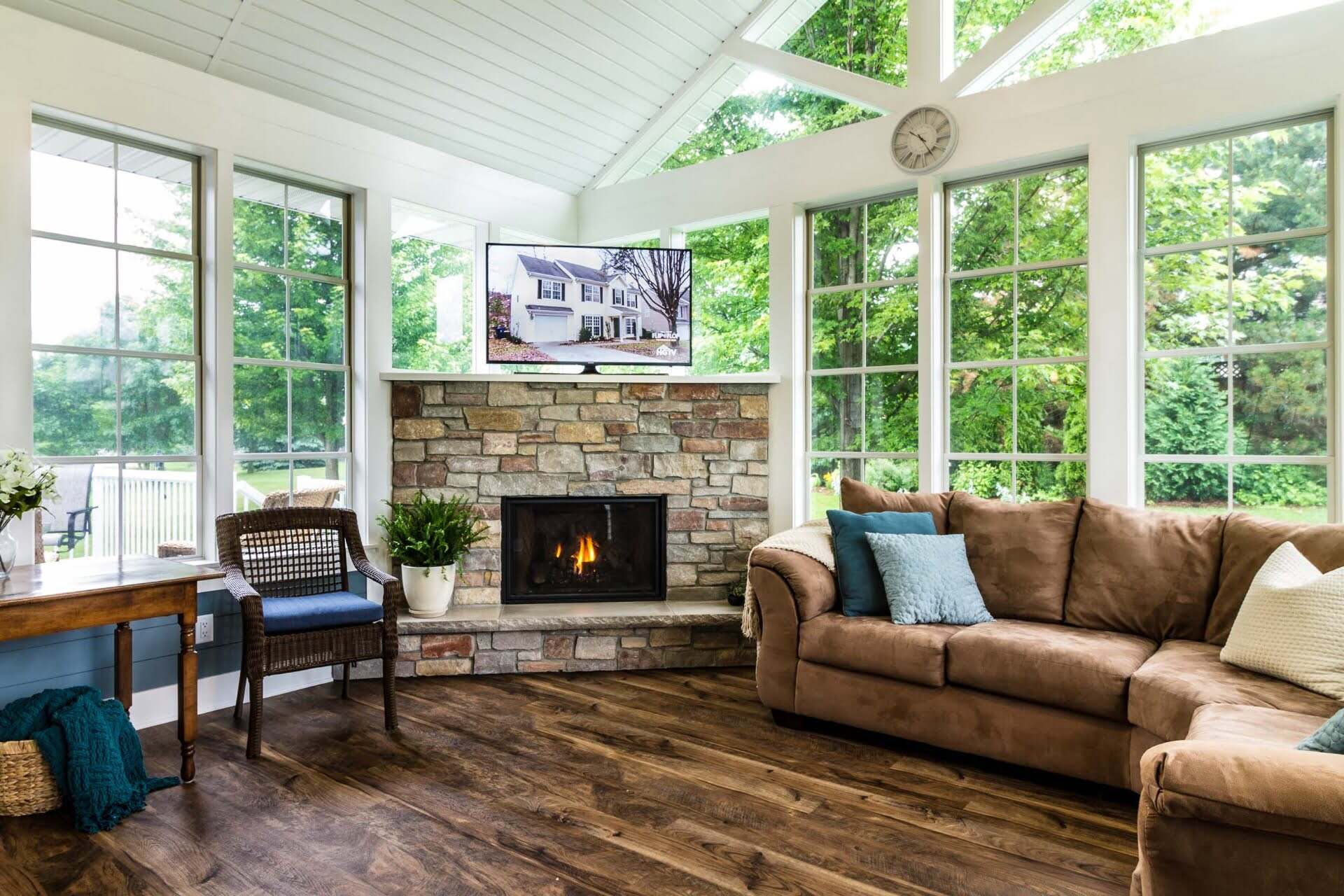
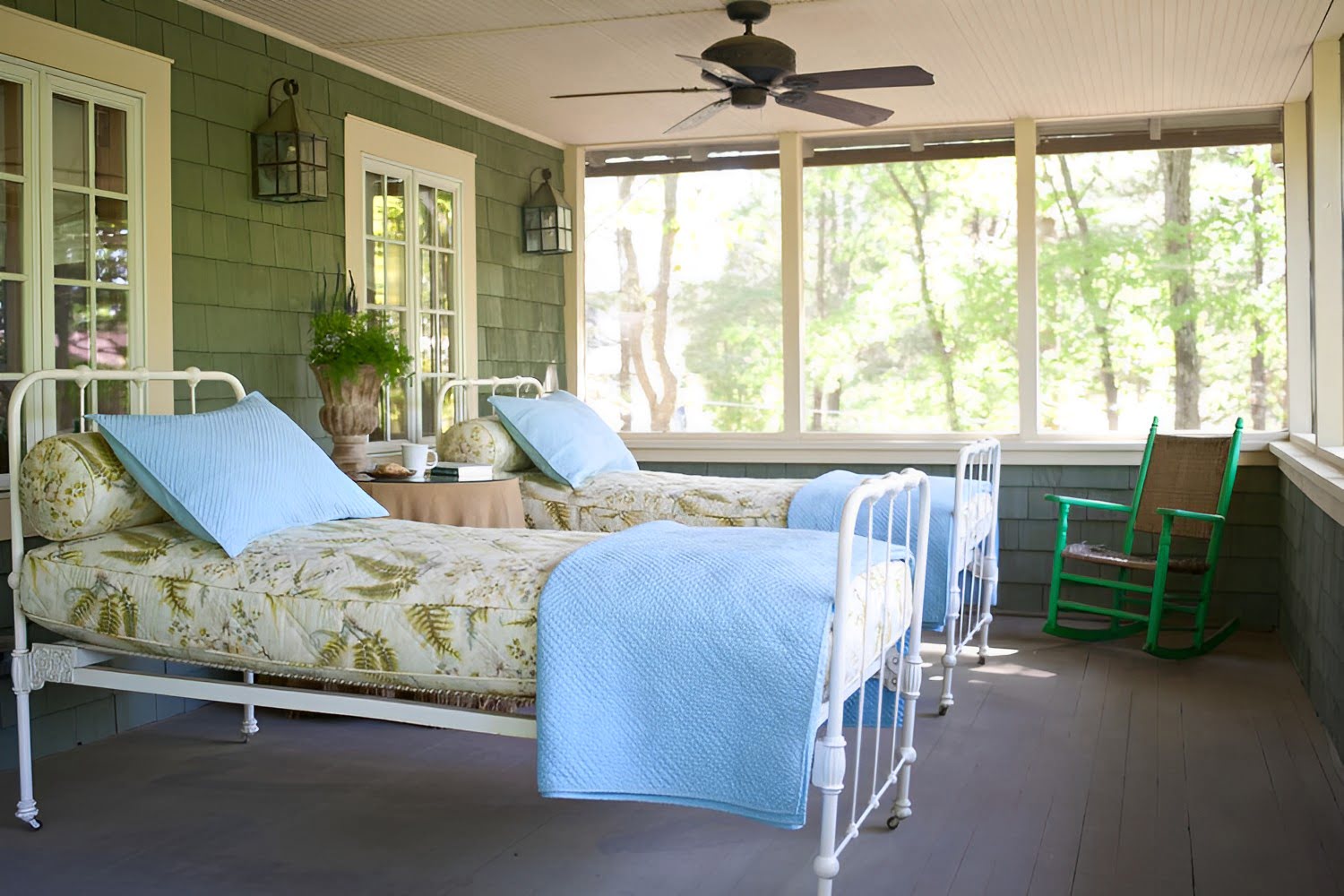
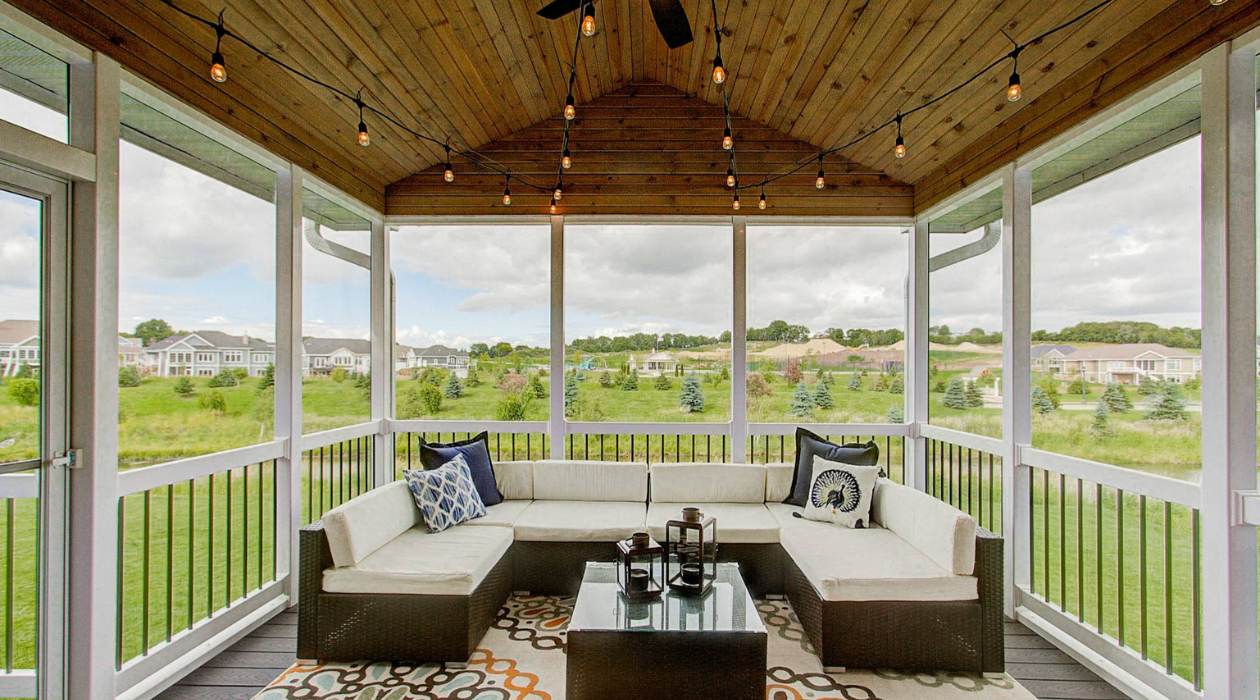
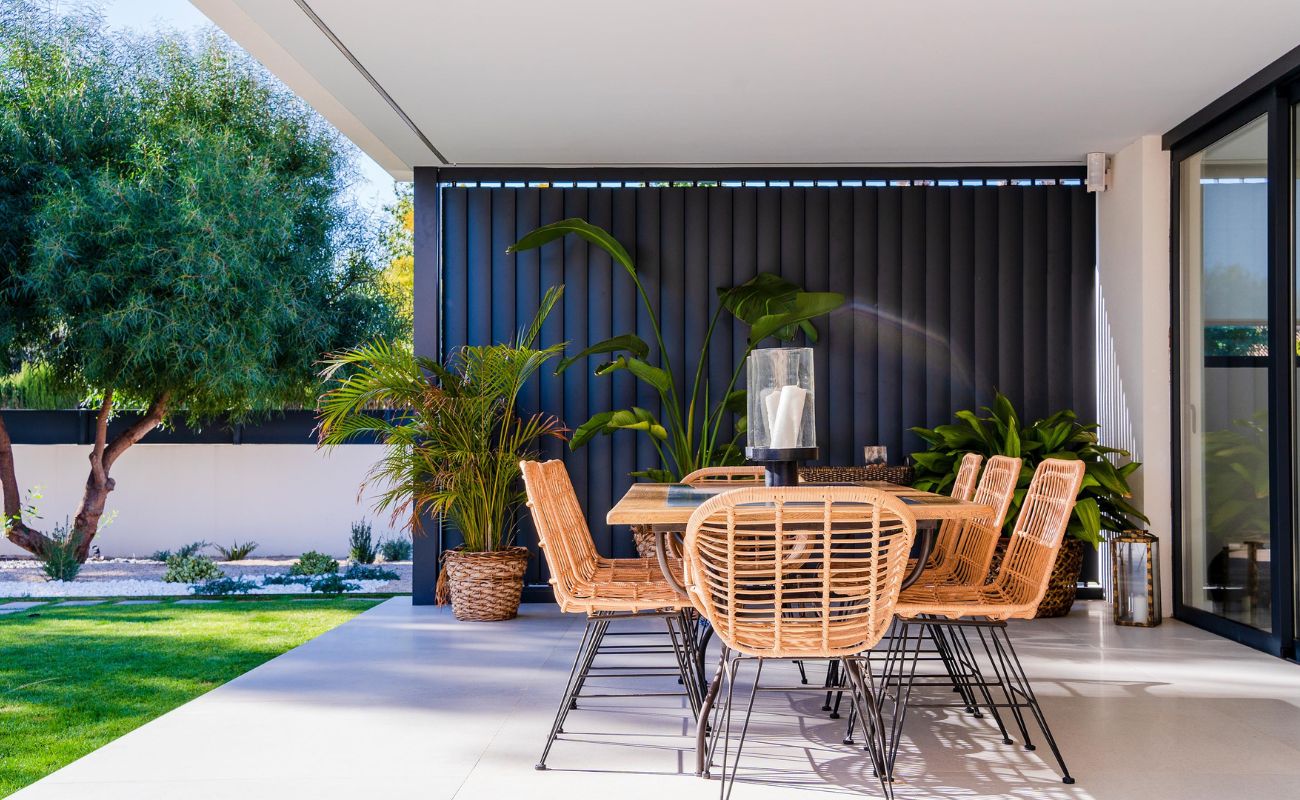
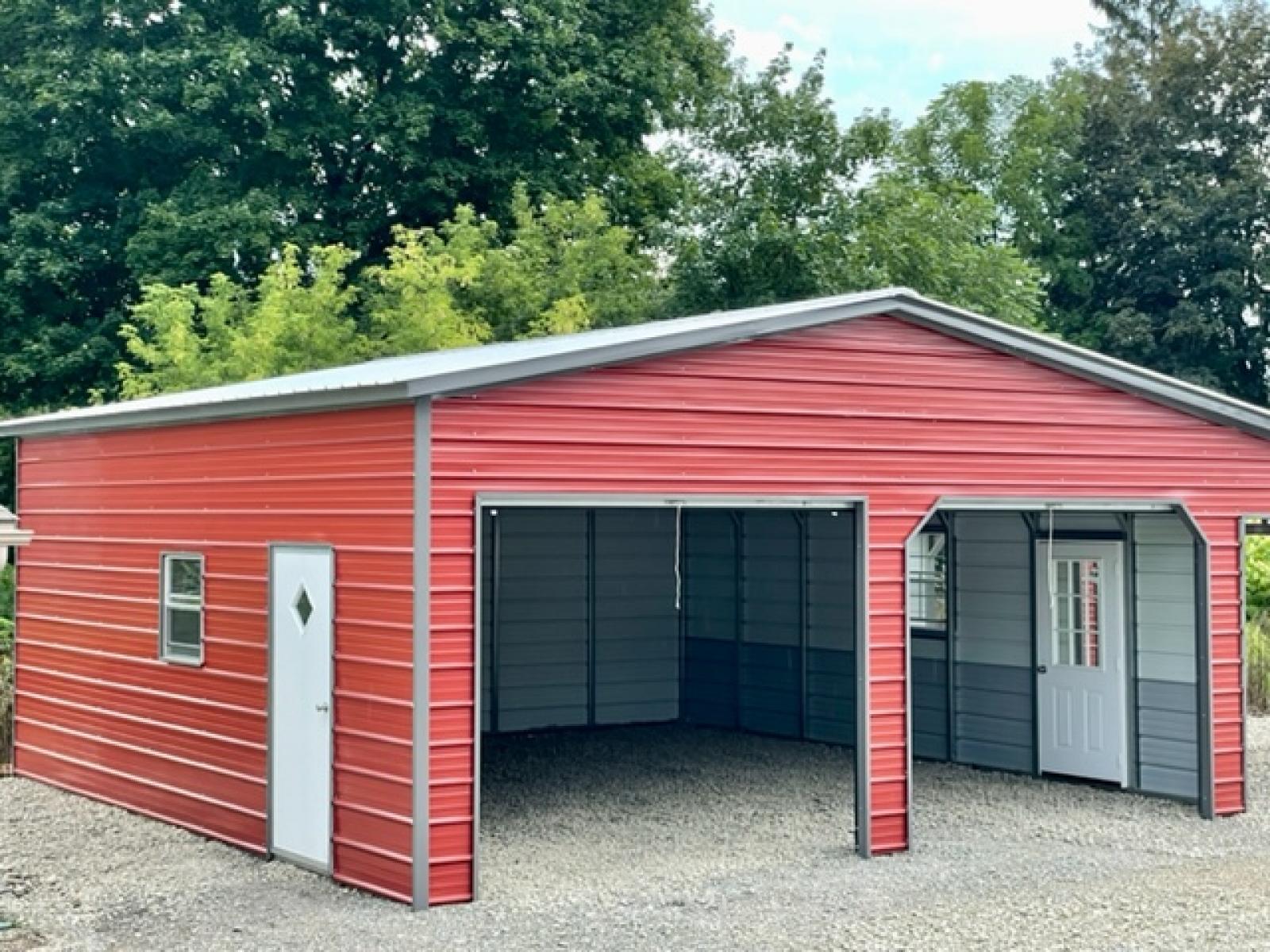
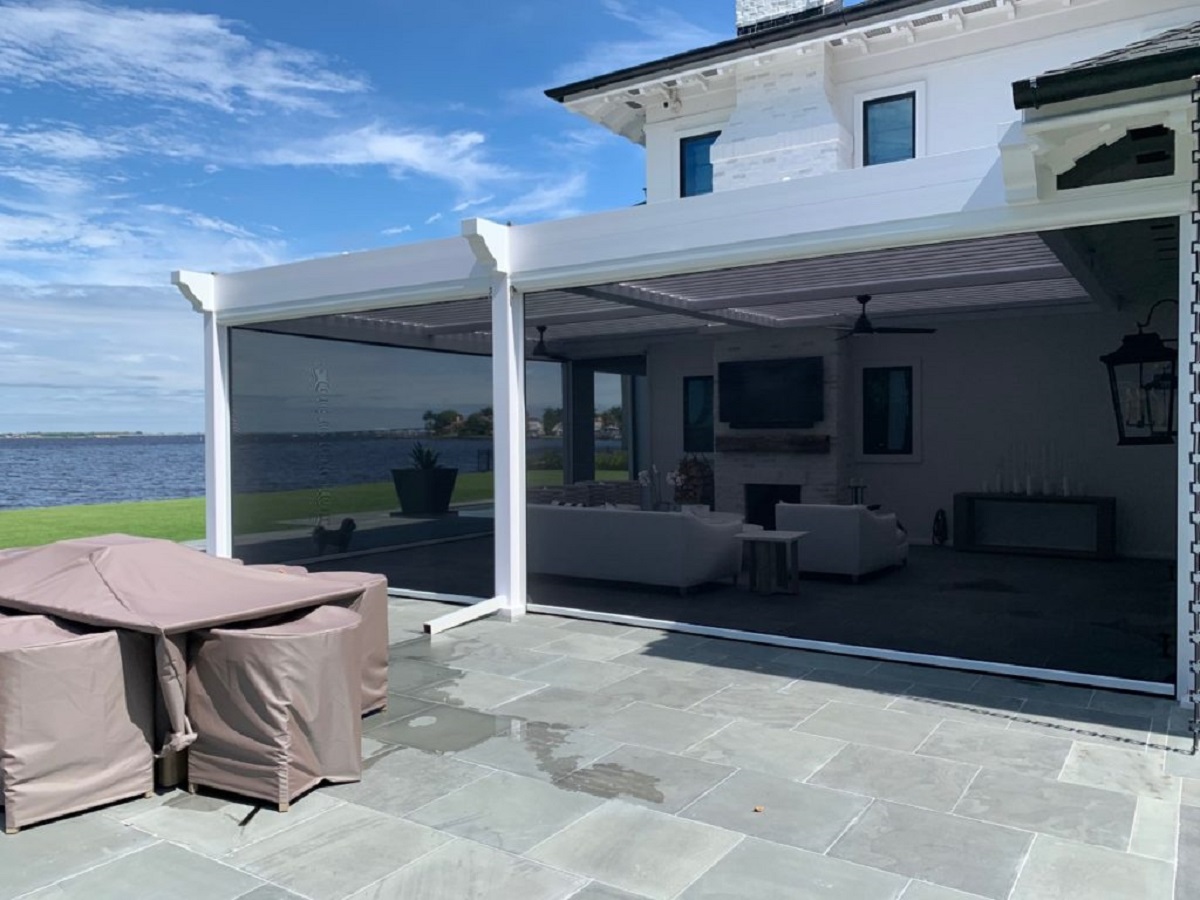
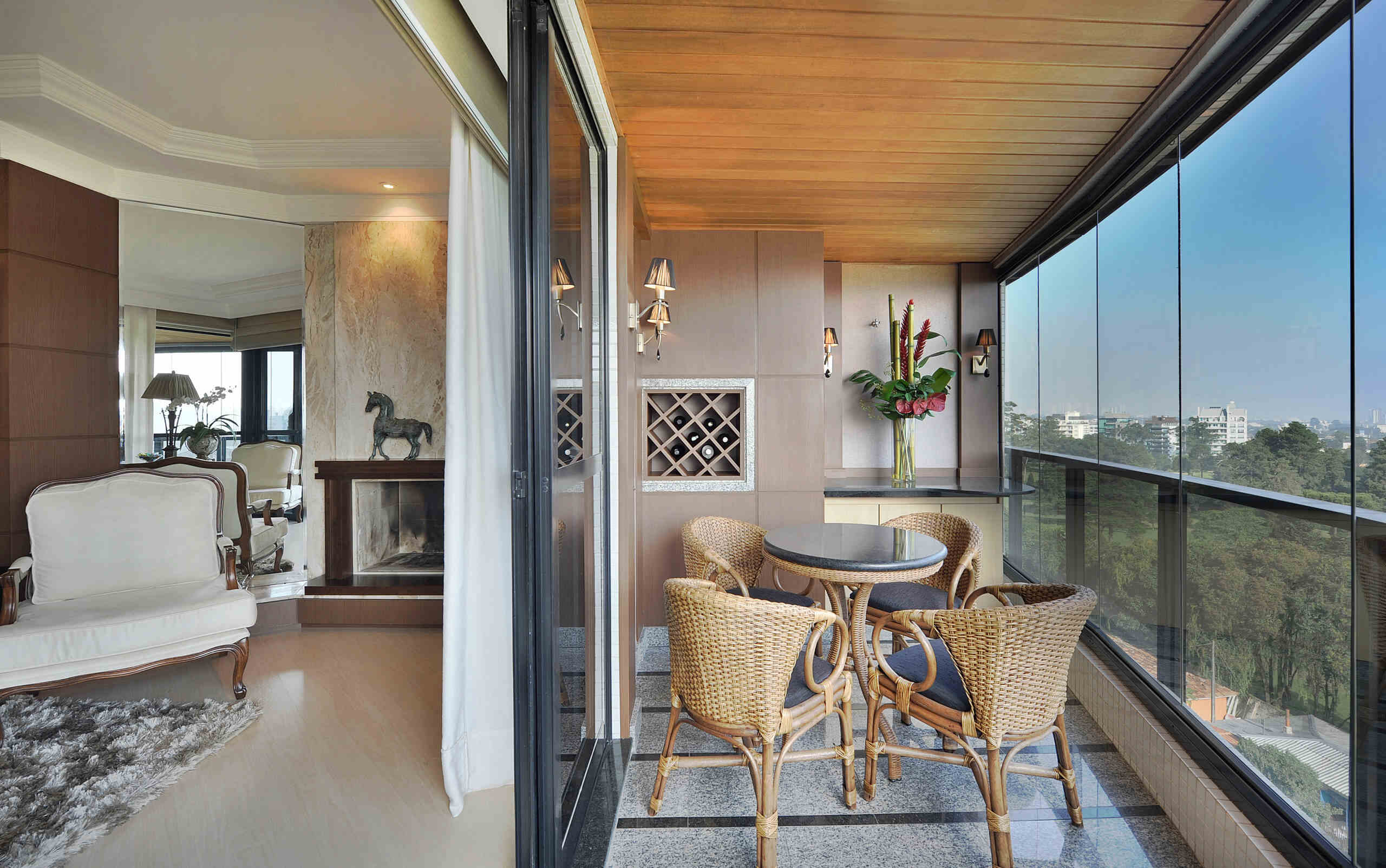
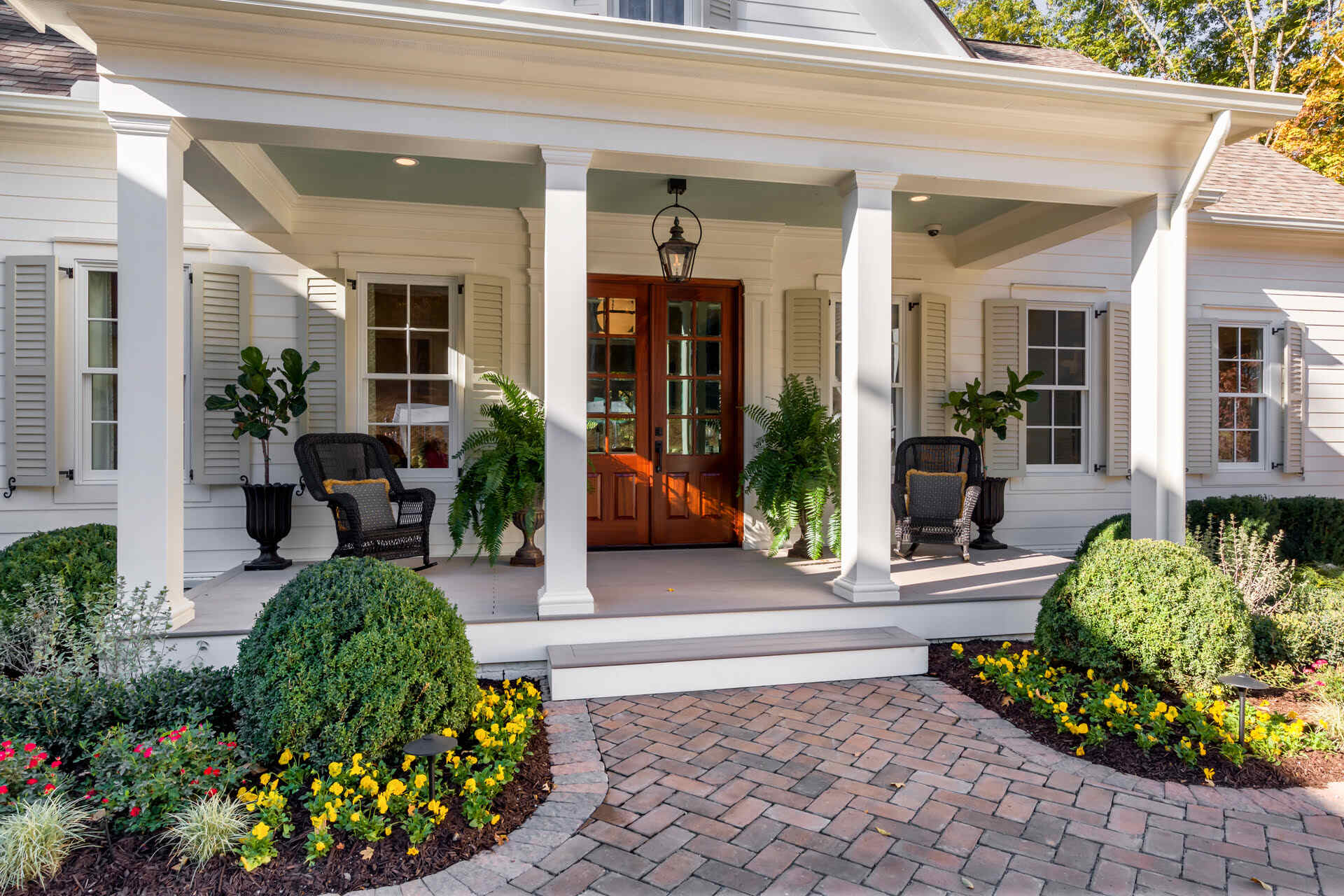
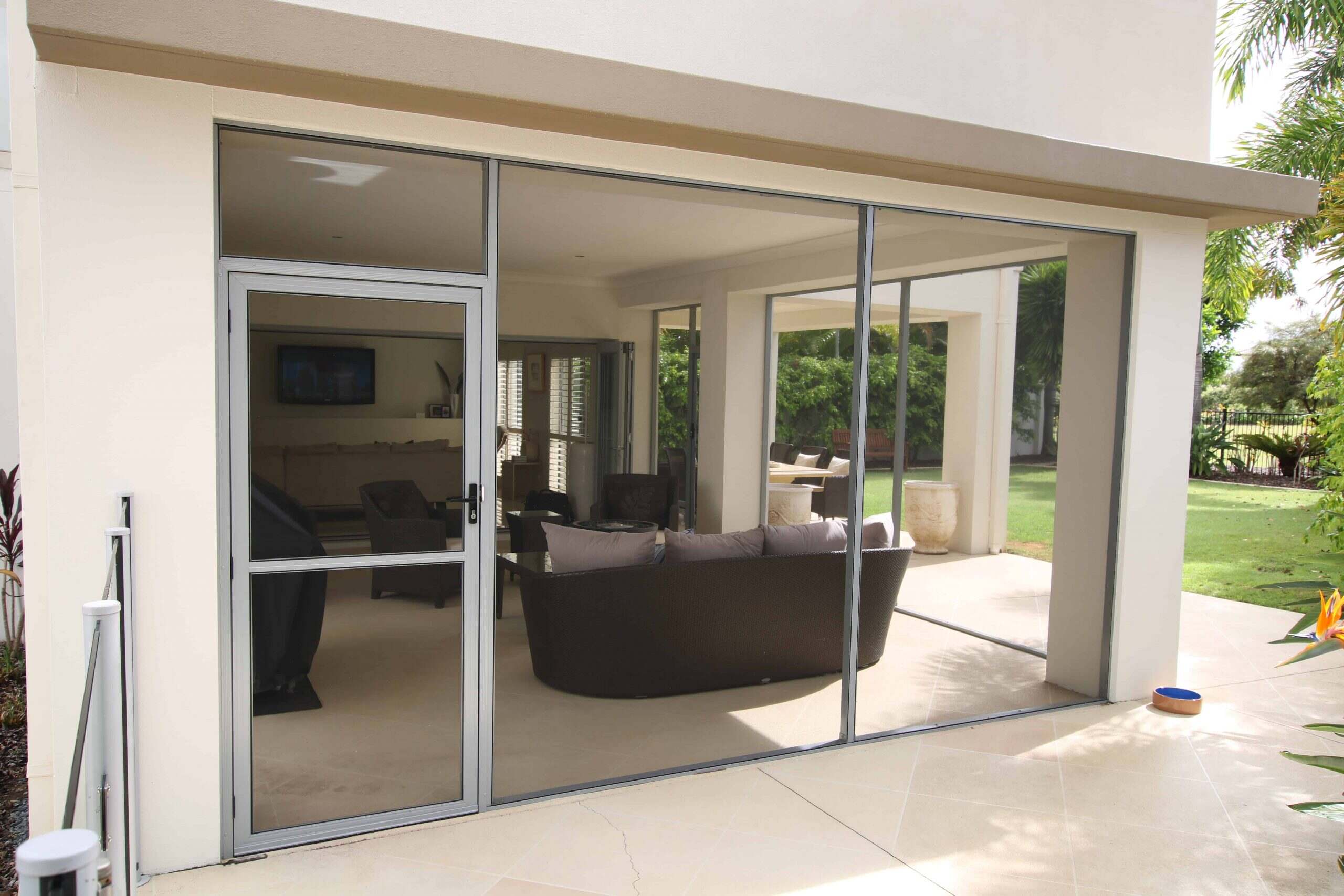
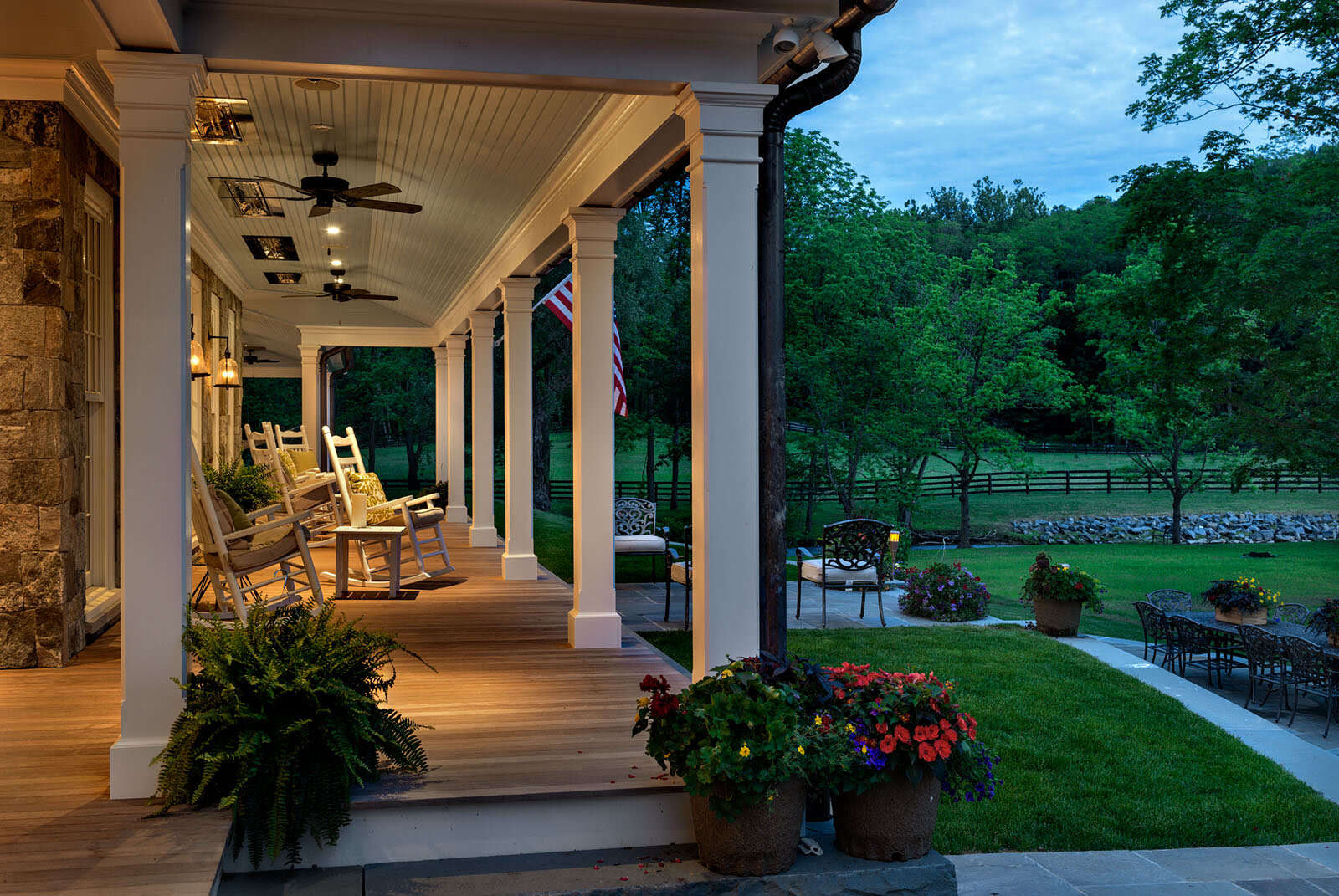

0 thoughts on “What Is An Enclosed Porch”